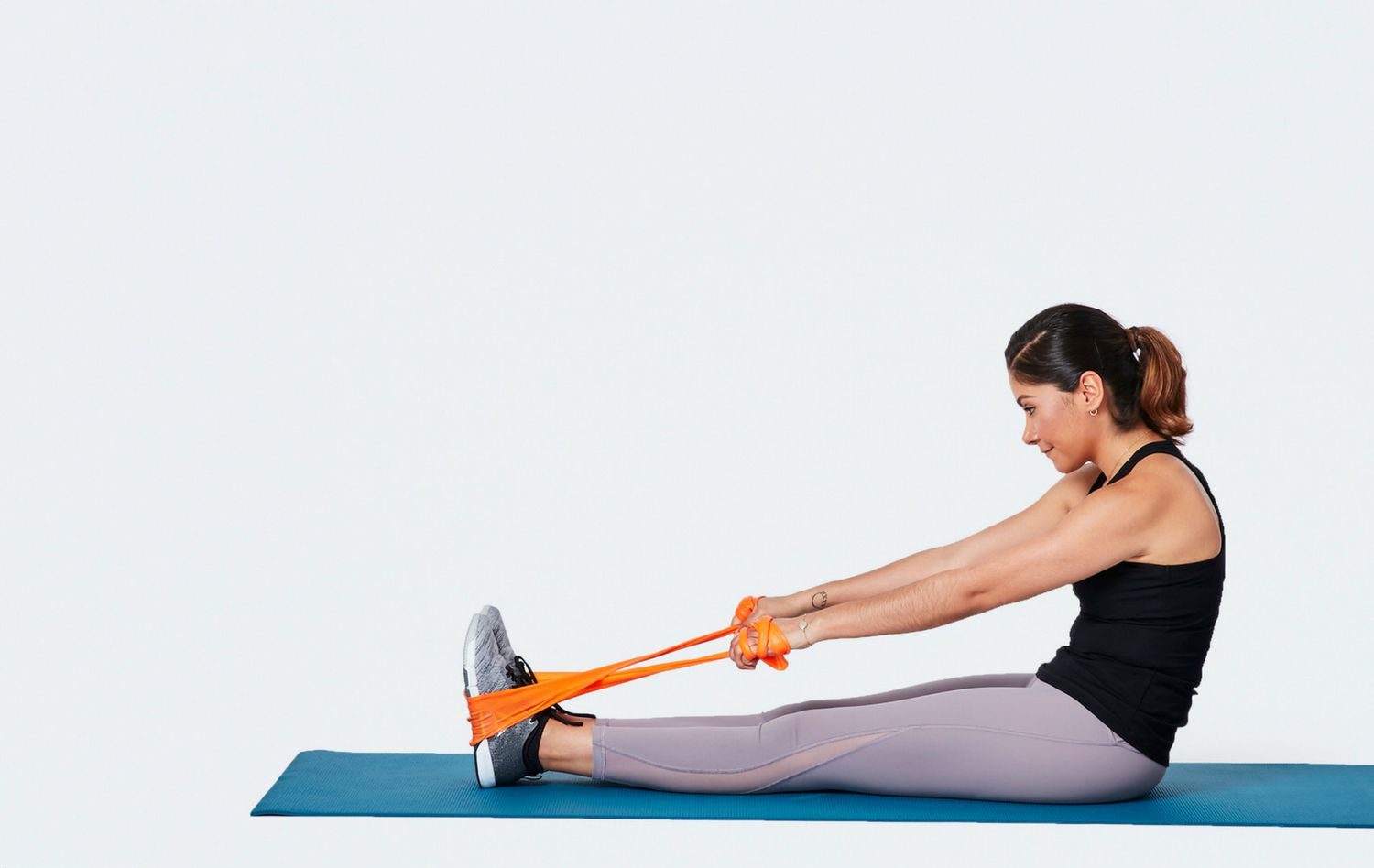
Resistance stretching, is a form of conditioning, that contracts a muscle and elongates it — the opposite of an exercise such as a bicep curl, which causes muscles to shorten.
Resistance stretching centers on flexing your muscles even as you stretch them; for example, instead of simply releasing a leg lift, resist the urge to let your quad muscles relax on the way down–and fight that urge with both your hamstrings and your quads. Some of these stretching moves can be done alone and others with a partner whom you’d enlist to, say, pull your fist away from you as you work to pull it in during a bicep curl.
The method proved valuable to Dara Torres, a U.S. Olympian and accidental poster-child for the workout. At age 41, the swimmer won three silver medals in the Beijing Games, and credits resistance stretching as a major player in the training routine that helped send her to a fifth Olympics.
How different is resistance stretching from other limbering exercises? Unlike holding a muscle in a passively stretched position, the resistance route actively lengthens muscles through constant movement.
Benefits of the Resistance Stretching
Resistance Stretching:
- offers immediate, cumulative, and permanent increases in flexibility
- takes the pain out of stretching
- protects one from injuring themselves by over-stretching
- improves performance accuracy
- creates more powerful, explosive, and core stable movements
Increases in flexibility through Resistance Stretching also result in:
- corrective realignment of bone rotational interrelationships
- removing chronic joint stress
- re-establishing optimal bio-mechanical efficiency
Resistance Stretching is the missing link in preventative medicine as it:
- takes a proactive role in targeting specific areas of potential injury
- removes chronic injuries
- upgrades kinetic bio-mechanics with concomitant improvement in physiological and psychological health
No other method, supplement, or technique can yield better results than stretching exercises. All you need is to perform stretching exercises correctly and you will grow stronger, more flexible, have greater range of motion, less stiffness and maybe even grow taller.
Stretching produces high amounts of human growth hormone secretion, which will thicken the cartilage and increase bone density.
